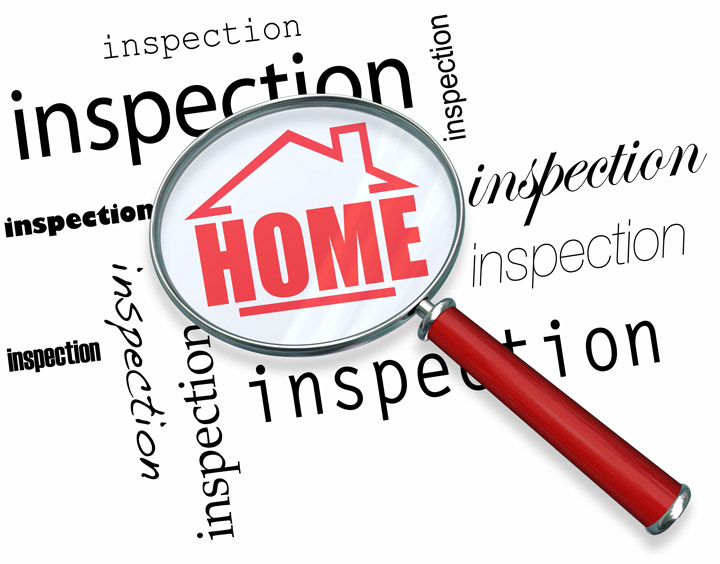
Understanding AppraisalsTheir home's purchase is the most serious investment most will ever consider. Whether it's where you raise your family, a seasonal vacation property or a rental fixer upper, the purchase of real property is a detailed financial transaction that requires multiple parties to make it all happen. The majority of the people participating are quite familiar. The real estate agent is the most familiar face in the transaction. Next, the bank provides the money required to finance the exchange. And ensuring all aspects of the transaction are completed and that the title is clear to pass from the seller to the purchaser is the title company. So, who makes sure the value of the real estate is in line with the amount being paid? This is where the appraiser comes in. We provide an unbiased opinion of what a buyer might expect to pay — or a seller receive — for a property, where both buyer and seller are informed parties. A licensed, certified, professional appraiser from CJ Hulsey Appraisal Co will ensure, you as an interested party, are informed. The inspection is where an appraisal beginsTo determine an accurate status of the property, it's our duty to first conduct a thorough inspection. We must physically view aspects of the property, such as the number of bedrooms and bathrooms, the location, amenities, etc., to ensure they indeed are present and are in the condition a typical person would expect them to be. To ensure the stated square footage has not been misrepresented and document the layout of the home, the inspection often requires creating a sketch of the floorplan. Most importantly, we look for any obvious features - or defects - that would have an impact on the value of the house. Following the inspection, an appraiser uses two or three approaches to determining the value of real property: sales comparison and, in the case of a rental property, an income approach. 
Cost ApproachHere, we pull information on local construction costs, the cost of labor and other elements to figure out how much it would cost to build a property comparable to the one being appraised. This value usually sets the maximum on what a property would sell for. The cost approach is also the least used predictor of value. 
Analyzing Comparable SalesAppraisers get to know the subdivisions in which they work. They innately understand the value of specific features to the residents of that area. Then, the appraiser looks up recent sales in the area and finds properties which are 'comparable' to the property being appraised. By assigning a dollar value to certain items such as remodeled rooms, types of flooring, energy efficient items, patios and porches, or extra storage space, we add or subtract from each comparable's sales price so that they are more accurately in line with the features of subject.
Once all necessary adjustments have been made, the appraiser reconciles the adjusted sales prices of all the comps and then derives an opinion of what the subject could sell for. At CJ Hulsey Appraisal Co, we are an authority when it comes to knowing the worth of particular items in Richmond Hill and Bryan County neighborhoods. The sales comparison approach to value is commonly awarded the most weight when an appraisal is for a real estate purchase. Valuation Using the Income ApproachA third way of valuing approach to value is sometimes employed when a neighborhood has a reasonable number of renter occupied properties. In this situation, the amount of income the real estate yields is taken into consideration along with other rents in the area for comparable properties to give an indicator of the current value. ReconciliationExamining the data from all applicable approaches, the appraiser is then ready to state an estimated market value for the subject property. The estimate of value at the bottom of the appraisal report is not always the final sales price even though it is likely the best indication of what a property is worth. Depending on the individual situations of the buyer or seller, their level of urgency or a buyer's desire for that exact property, the closing price of a home can always be driven up or down.But the appraised value is typically employed as a guideline for lenders who don't want to loan a buyer more money than they could get back in case they had to sell the property again. Here's what it all boils down to, an appraiser from CJ Hulsey Appraisal Co will guarantee you get the most accurate property value, so you can make the most informed real estate decisions. |